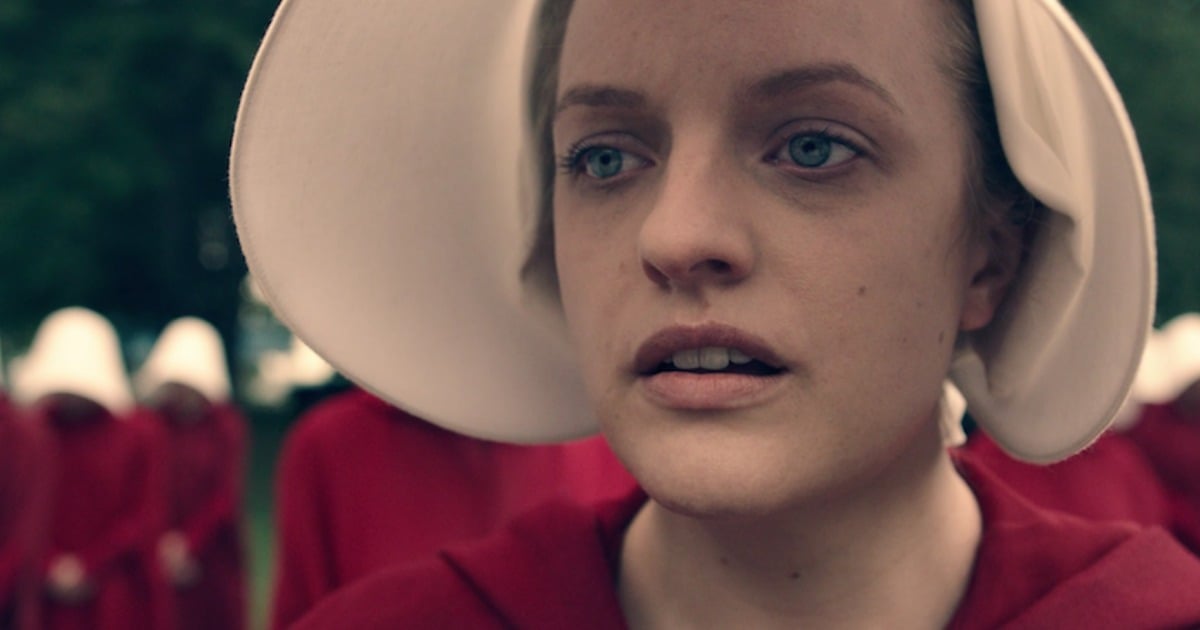When Margaret Atwood wrote The Handmaid’s Tale it was 1984 and she was using a typewriter.
So much has changed since then – we’ve become a more diverse and tech savvy society – and many of those changes are reflected in the new TV series.
The Gilead we’re all getting to know, and erm, fear – is a little different to the one Atwood created over 30 years ago.
Here are the biggest changes in the TV series:
The TV series is set in the near-future (like 2018).
What makes the TV series so chilling is that feeling of ‘this could happen to me’. In the book, the setting isn’t really established, Offred makes references to the 1970s and the 1980s, but as a reader you’re never quite sure what year it is.
Listen to Laura Brodnik, Clare Stephens and Katy Hall dissect everything about The Handmaid’s Tale in a special episode of The Binge. Post continues after audio.
The TV series, however, is set in the ‘near future’. Before the totalitarianism regime takes over – Moira and June are living normal 2017-ish lives that are pretty similar to our own. That’s what makes it so freakin’ bone-chilling.
Offred is more confident.
Offred’s character is a lot more headstrong in the TV series. In the book, when the government outlaws jobs for women, Offred doesn’t join the protests on the streets like she does in the TV series. She keeps to herself and focuses on surviving.
And her internal monologue is different. The series’ showrunner Bruce Miller told TIME he wanted to create a striking contrast between Offred’s inner monologue and her outer presentation. While internally she’s indignant and feisty, externally she remains obedient.
We also see a lot more of Offred’s backstory in the TV series.


Top Comments
There is also a good movie, with Faye Dunaway (as Serena Joy) and Robert Duvall (as the Commander).